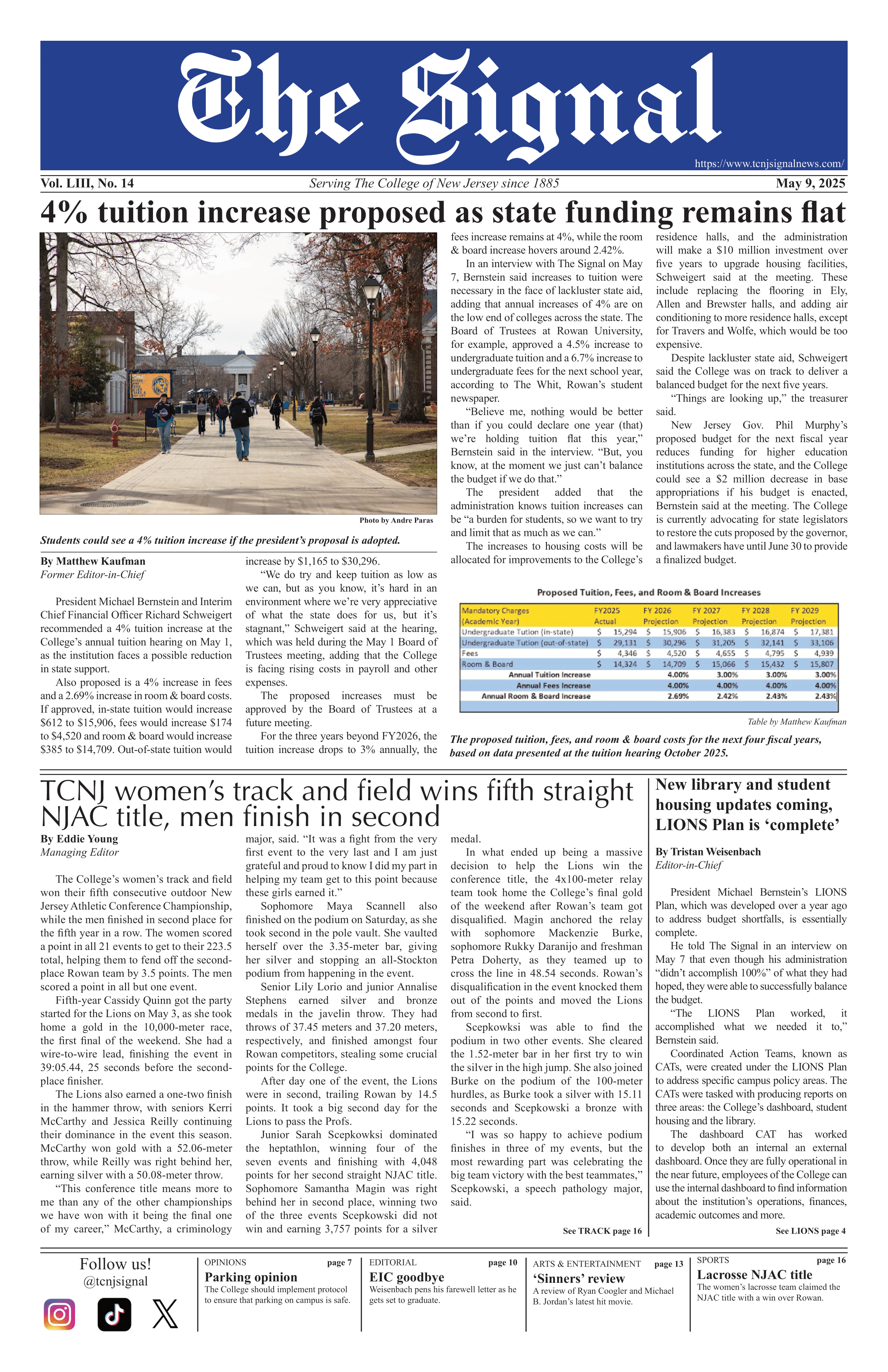By Michael Battista
Staff Writer
It’s no secret that soccer is the most popular sport around the world and it finally seems Uncle Sam is joining in. In recent years, television viewership for foreign leagues has skyrocketed in the U.S., with two top Liga MX matches scoring 1.7 and 1.55 million viewers on Univision, according to World Soccer Talk.
Despite these increases, I’ve noticed many flaws in America’s own league system during my summer internship with the North American Soccer League, a second division league in the U.S. Soccer Federation structure. Major League Soccer, the first division of the United States soccer league system, is unwilling to adapt to a tier structure like that of many European countries.

For example, English football has a more established and sustainable league system. It’s a flowing pyramid system with the Premier League, English Football League Championship, English Football League One and lower tiers working together as a unit. Teams can earn promotions to higher tiers through good performance on the field and ambitious management. Meanwhile, underperforming teams are relegated to lower tiers until they win more matches.
AFC Wimbledon is a perfect example of England’s effective structure. After its founding in 2002, the team has garnered fan support and surged to League One — the third highest tier in the English system — in record time.
U.S. Soccer desperately needs a promotion and regulation system that will allow American teams to start out small and reach new heights over time. While I’m not in total support for promotion and relegation like the English system employs for a multitude of reasons, I am in support for the way it fosters growth. I want to find a way for a team to start out small and reach great heights without going through the complicated and sometimes inconstant system that exists now.
Another pressing concern for U.S. soccer is cities and existing clubs alike all making bids to become the next expansion side. MLS imposes too many regulations for establishing an expansion team.
In a press release from late 2016, MLS released a list of criteria for teams hoping to join the league. After my internship, I realized the criteria needed revaluation.
Teams need “a comprehensive stadium plan that ensures the club will have a proper home for their fans and players while also serving as a destination for the sport in the community,” according to MLS.
In contrast to foreign clubs, American teams cannot justify building a 20,000 or 30,000-seat stadium. Many United Soccer League and NASL teams play in college stadiums, baseball stadiums or small soccer specific areas with around 10,000-person capacity. In a country where soccer isn’t the hottest ticket in town, perhaps it’s best to stick to smaller venues while fan support gradually increases.
One team that has applied to join MLS is North Carolina FC of the NASL. They are currently looking to build a new stadium, replacing their current home WakeMed Soccer Park in Cary, North Carolina, that houses 10,000 people. New expansion clubs will also have to pay a fee of $150 million to MLS.
During this past decade, MLS’s expansion hasn’t improved the quality of American soccer. During this past decade, MLS’s expansion hasn’t improved the quality of American soccer. Teams such as Montreal Impact and Minnesota United FC have endured years of struggle. Teams shouldn’t need to spend millions and create lavish arenas like Atlanta United. They need to focus on pushing their salary cap to build a great team that can draw in new fans quickly. Unlike the English system or other European systems, US teams can’t spend so much money on foreign players. So, they should be focusing on using every dollar in that cap wisely rather than making a pretty stadium to play in.
Why can’t MLS just take teams in strong markets and allow them to develop naturally? A small North Carolina stadium isn’t anything like Red Bull arena in Harrison, New Jersey or Yankee Stadium in the Bronx, New York, but it works for North Carolina FC and it should work for MLS. Joining MLS shouldn’t be a privilege, it should be something that a team can earn without forking over so much money.
U.S. soccer needs to end this bidding war and unite league structures. MLS, USL, NASL and every other promotion in the tiers need to collaborate more. National Independent Soccer Association and USL Division III have recently announced that they will work with higher leagues. This is a perfect start and will allow more teams to grow and gain fan support and stability.
Unless MLS opens its doors and treats every league around it with respect, it could all be for naught. If the country wants to be respected in soccer around the world, it needs to start respecting the game itself.







